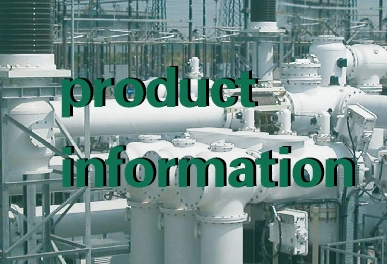A density gauge is a modified pressure gauge with a signal output. The SF6 gas density relay integrates measurement and switching functions. The effect of temperature on SF6 gas density is balanced by a temperature compensation system. The SF6 gas density relay specifically designs alarm pressure points and latching pressure points for each device.
Ⅰ. Pre-use detection of density gauges:
1. In the transport or storage process, may make the SF6 gas density relay cold or hot. The pointer changes when the temperature is not equal to the reference temperature (20 degrees Centigrade). This behaviour is normal because the temperature compensation system is working.
2. In order to determine whether the SF6 gas density relay adapts to the ambient temperature, it must be at least 2 hours at a temperature of 20±2 degrees Centigrade. This allows the density gauge pointer to indicate within the allowed error range.
Ⅱ. Density gauge alarm function features:
Density gauge magnetic-assisted contact switch is also an auxiliary power switch, the entire power circuit is opened through the internal pointer structure to reach the pre-set limit value when the trigger switch is.
Ⅲ. Density zero compensation area:
SF6 gas density relay with zero compensation area. The density gauge pointer oscillates in the zero compensation area in a pressure-free state because of an increase or decrease in temperature, for example, the 60-degree Centigrade pointer indicates the edge below zero in the zero compensation area, thus simply measuring the temperature compensation value, and when the gauge temperature decreases, the pointer moves to the positive area of the zero compensation area.
Ⅳ. The density gauge installation:
1. Density gauge mechanical interface:
The general instrument commonly used technical specifications here also use, density gauge rotation installation of the force used does not allow direct action on the case or junction box, but through the appropriate tools to the wrench surface.
2. Density gauge electrical interface:
The wiring must be operated by professionally trained personnel. The density gauge wiring distribution and switch function are given on the instrument model plate and indicate the post and ground column. It is stipulated that the power supply wire must take into account the maximum current requirement of the gauge and the IEC227 or IEC245 standard.
Ⅴ. The use and maintenance of density gauges:
Density gauge relays should be installed vertically, and density relays used outdoors should avoid direct sunlight on the gauge, preferably with a protective shield on the gauge. The density relay installation area should reflect the temperature of the gas in the equipment more realistically. Clean the density gauge with a cloth soaked in soapy water and disconnect the power supply when cleaning the terminal box or plug before turning on the power supply to ensure that all components are not wet.
The above is today's basic knowledge about gas density meter, if necessary, welcome to consult, look forward to communicating with you.
Related Article for Reference
Common Problems of SF6 Relay
In high-voltage power systems, SF6 relays play a crucial role, used to monitor the density of SF6 gas, ensuring the normal operation of electrical equipment. However, in actual use, SF6 relays may enc...
Sun 05 2024







